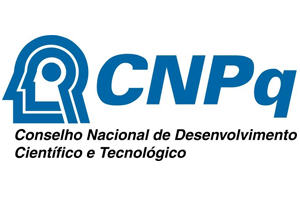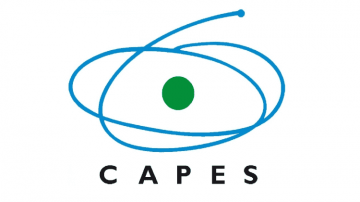Adil Hefdhi Al-Soufi
Department of urology, medical city complex, Baghdad, Iraq
Saif AbdulMohsin Al-Haideri
Department of urology, medical city complex, Baghdad, Iraq
Abbass Awaad Ali
Department of urology, medical city complex, Baghdad, Iraq
Mohammed Bassil Ismail
Department of surgery college of College of Medicine, University of Baghdad
ABSTRACT
Objective: This study aims to delineate the pathophysiological characteristics of neurogenic bladder in patients with upper and lower motor neuron lesions through detailed urodynamic testing, and to correlate these findings with neurological pathology. Methods: Conducted at the Urology Department in Baghdad's Medical City Complex, this cross-sectional study involved 43 patients affected by spinal cord injuries, cerebrovascular accidents, and acute disc prolapse, all presenting with urinary incontinence. Urodynamic measures such as maximum bladder capacity, urethral closure pressure, and bladder compliance were meticulously analyzed. Results: The median maximum bladder capacity was recorded at 214 ml, median maximum urethral closure pressure at 73 cmH2O, and median bladder compliance at 19 ml/cmH2O. Disc prolapse emerged as the most frequent etiological factor, followed by spinal cord trauma. The prevalence of upper motor neuron lesions was marginally lower than that of lower motor neuron lesions. The predominant urodynamic profile was that of an underactive bladder or sphincter, particularly prevalent among patients with upper motor neuron lesions, illustrating the complex dynamics between neurogenic bladder dysfunction and motor neuron status. Conclusion: The findings emphasize the necessity of integrating urodynamic data with clinical and pathological evaluations to enhance diagnostic accuracy and therapeutic strategies in patients with neurogenic bladder due to motor neuron lesions. The study highlights the critical role of pathophysiological understanding in the management and prognosis of neurogenic bladder disorders.
Keywords: Urodynamic, Bladder, Prolapse, Incontinence, Urology..




